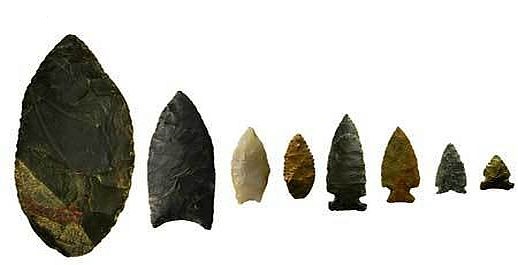 Near a remote forest riverbank in northern Idaho, 13500 years old human occupation site was discovered by Archaeologists.
Near a remote forest riverbank in northern Idaho, 13500 years old human occupation site was discovered by Archaeologists.
Evidences found in test pits dug along the North Fork of the Clearwater River, includes a blade-like tool fashioned from a rock cobble and dozens of flakes left over from the tool-making process, known as debitage.
These artifacts were found in a layer of soil with charcoal that was radiocarbon dating back to 13500 years approximately.
About 19 detailed and distinctive stone points, fashioned in what’s known as the Western Stemmed Tradition were found and oldest of them dated back to 11000 years.
Range of artifacts found at the Idaho site, known as Kelly Forks, suggests long and regular use by ancient hunter-gatherers, primarily for making tools and processing game.
Chemical analysis of the flake tool revealed it to have traces of proteins associated with rabbit flesh, which means that humans at that age were hunting rabbits.
More than a quarter of the artifacts were a type of volcanic rock called vitrophyre from a quarry about 50 kilometers to the south in Idaho Forest.
Tests show that the tools were made from materials from as far away as Montana and Oregon, and may have been obtained through travel or trade
